From stock photography to graphs, charts, and infographics, the types of images you can use to illustrate your blog posts are numerous. The question is: What kinds of images can bloggers use for their content?
Before we discuss each image type, you might wonder if adding images is worth the hassle. Articles with at least one image enjoy twice the amount of traffic, a 30% increase in shares and 25% more backlinks.
Hopefully, those stats will inspire you to include images from now on. Learn more about how to start a blog. Now, consider what images and graphics you can use to generate the most traffic.
Stock photography

Many years ago, stock images were lower quality and could have had a better reputation. Now it’s possible to get decent photos from stock platforms like Shutterstock, Pixabay, iStock, to name a few.
The big mistake most bloggers make when using stock photography is using random images instead of ones related to their blog posts. Finding relevant images takes more work, but it is worth the time.
Every stock image platform has a search and filter option, making using keywords to find that perfect image straightforward.
Screenshots
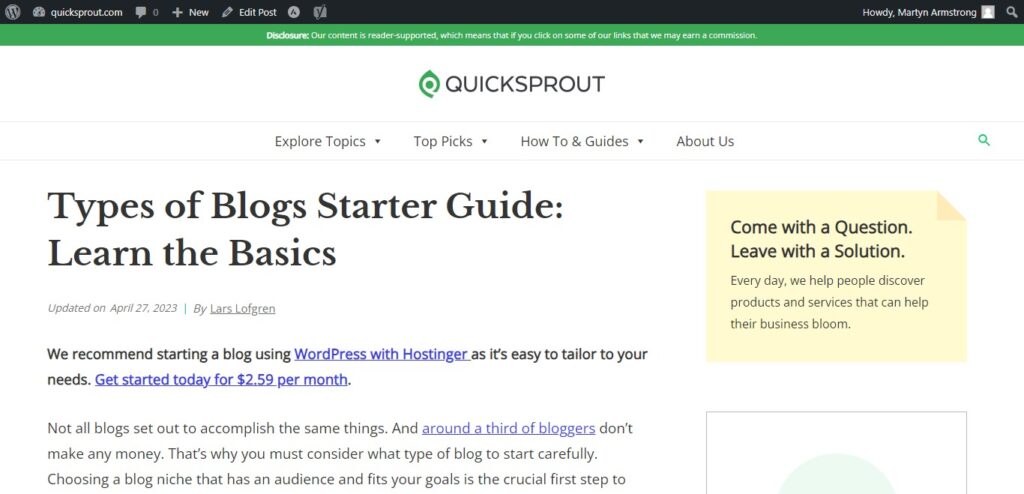
Use screenshots when you are describing a product. For example, when writing an article on Quick Sprout, we use screenshots of the application to explain our points. Showing readers visual examples with screenshots leads to more engaging, valuable content. And it takes little technical skill to learn and apply.
Although most computers and devices have an in-built screenshot function, the images might pixelate after uploading to your site. To avoid this, it might be better to use a screenshot extension like Movavi or GoFullPage.
Hand-drawn images
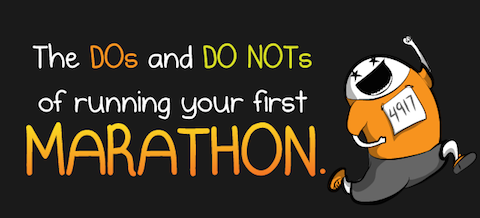
The Oatmeal is an excellent example of a blog that uses hand-drawn images. Almost every illustration in The Oatmeal is hand-drawn, from tiny custom graphics to comics.
Hand-drawn images are one of the more difficult image types to create, as you need to have good illustration skills, but they get shared much more frequently. If you’re confident that hand-drawn images are necessary. In that case, consider outsourcing to a freelance designer on Fiverr or Upwork.
Graphs and charts
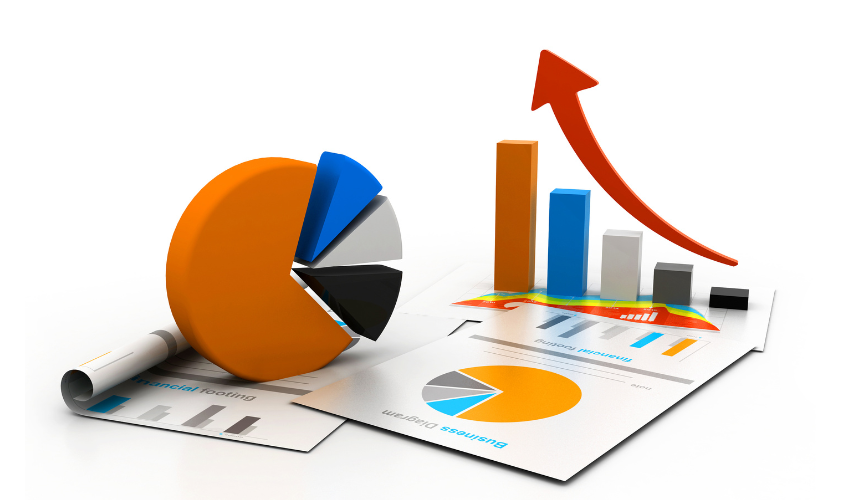
Graphs and charts are our favorite types of images because we love data. Anything that helps prove a point is valuable, especially if there’s a way of doing so visually. Only use graphs and charts if it aligns with your niche – an infographic might be more suitable.
Posts that contain data may not have mass appeal, but they are valuable from educational and business perspectives. They attract the attention of niche blogs that link back to them. The data in these posts will continue to be useful, so even after a few years, other blogs will still link to data-rich posts with charts, regardless of the posts’ age.
Infographics
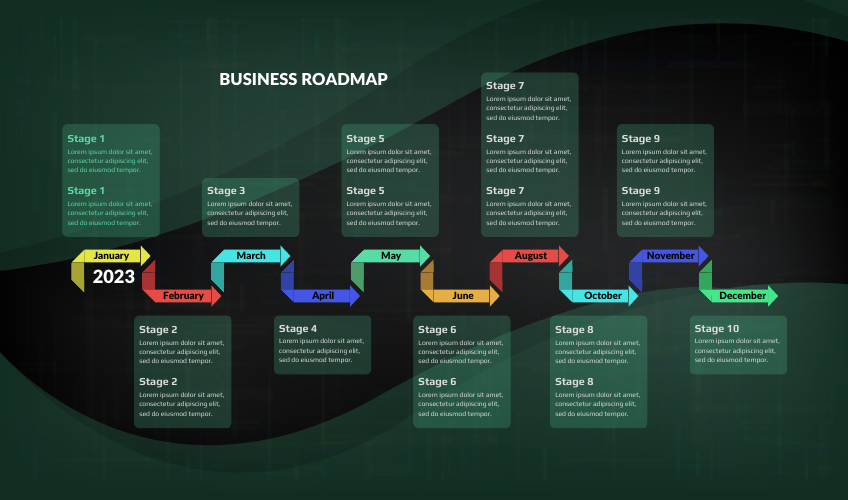
Infographics are the second most frequently used image type on Quick Sprout, next to stock photography images. We love infographics because it’s easy to present eye-catching, informative data, with the bonus of generating many social shares.
Infographics are great for increasing traffic, but they also generate a lot of natural backlinks, which helps boost my overall search engine traffic. Also, Google loves displaying infographics, so there are plenty of SEO opportunities.
You can create professional-looking infographics with Canva, and it’s simple to adjust the graphic size to match different social media sites.
Royalty free images
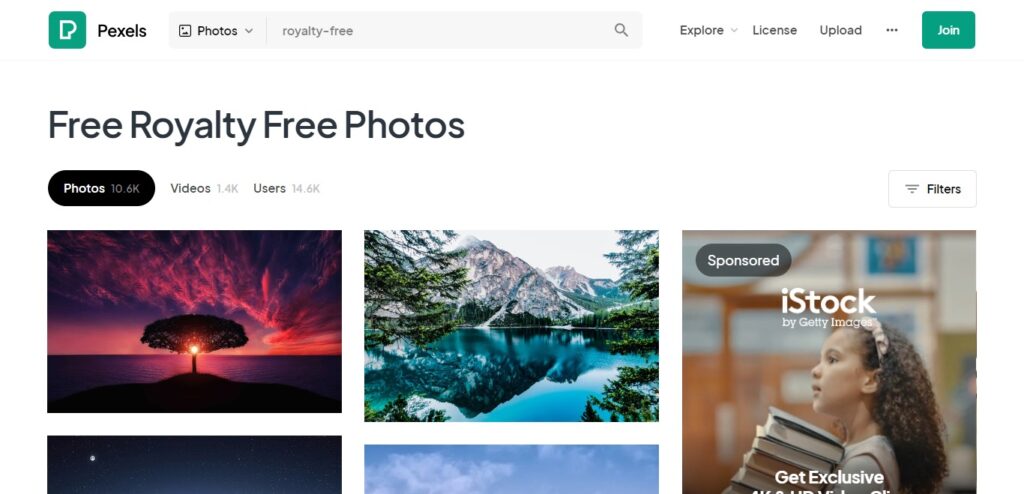
To clarify, we’re discussing royalty-free images that don’t require you to make an additional purchase. For example, you pay a monthly Canva Pro subscription, which gives you unlimited access with broad licensing usage. Unsplash and Pexels also provide free images that are royalty free.
You can use one royalty-free image across multiple social media platforms without worrying about copyright problems. We suggest providing attribution information in social media posts if you use free images.
Animated graphics
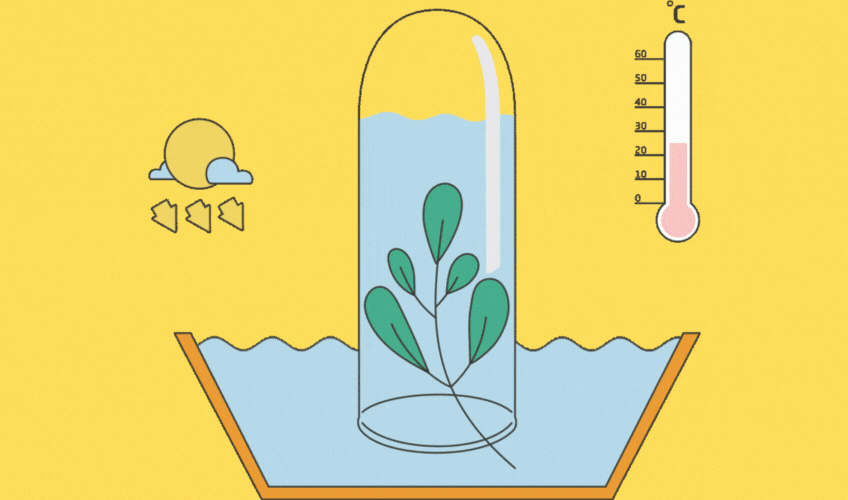
Animated graphics, or animated infographics, generated the highest social shares of all the image types described above. The only issue with these graphics is that they are much more difficult to generate than any other image type. Not only are they usually hand-drawn, but they are also animated.
Animated graphics also include less complicated GIFs. You can create your own with Giphy or find stock ones in Canva.
We occasionally create animated infographics on Quick Sprout, but we discovered that the cost of producing one needed to be lowered compared to the results it generated.
Conclusion
If you want to generate more traffic, your best bet is to start using hand-drawn or animated images within your blog posts. If you need more time to create those two image types, you can also try graphs, infographics, or stock photography. Just ensure you check whether any free images you use are royalty-free.
AI-generated art is an increasingly popular image choice, but the results can often be incoherent and strange. Try it out and see how this industry progresses.
One final point to consider is using an appropriate image that aligns with the type of content on your website. For example, an infographic tends to suit online marketing content but would be less likely to match the needs of an ecommerce shop.
What image types do you use on your blog?
